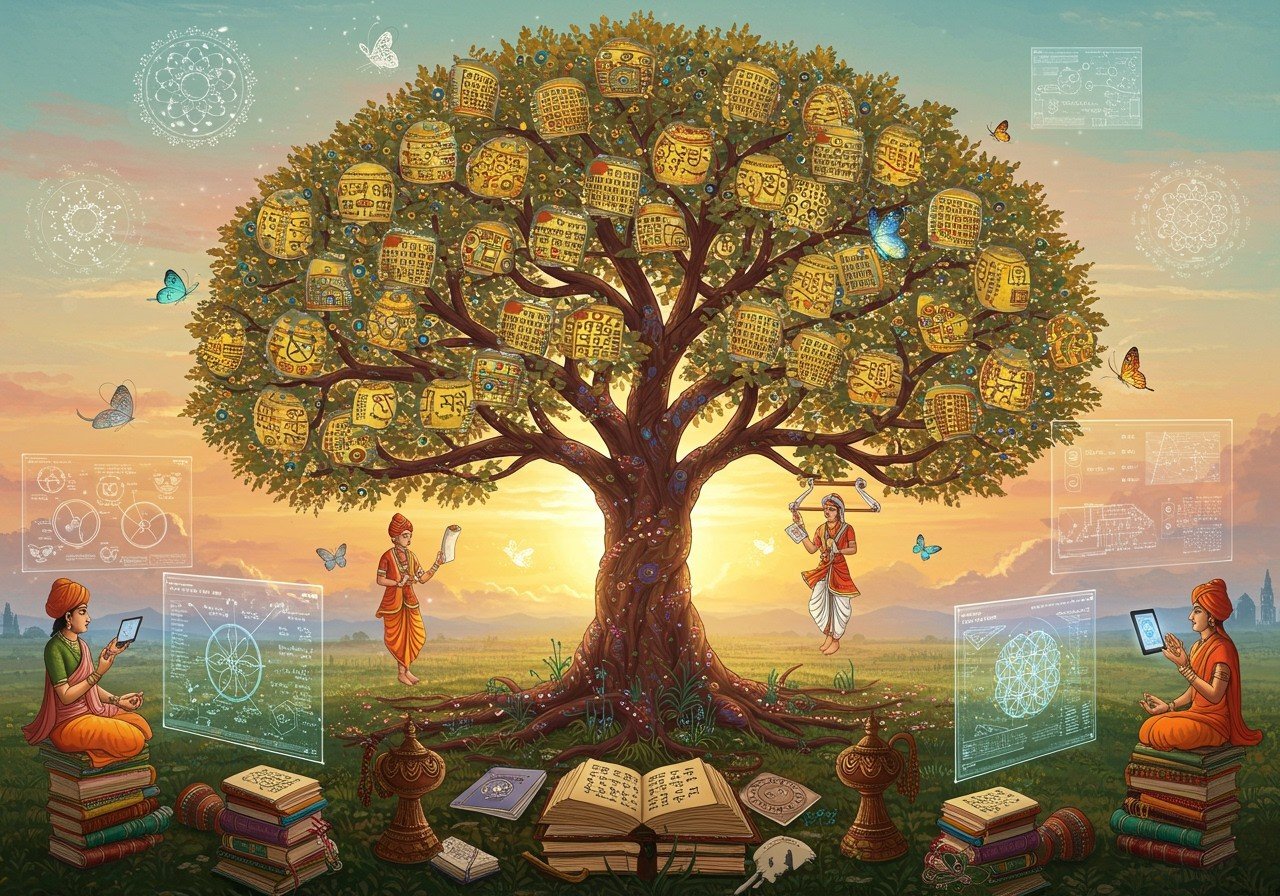
India’s educational landscape is undergoing a significant transformation in 2024, driven by the National Education Policy (NEP) 2020, rapid digitization, and evolving learning needs. These changes aim to create a more inclusive, flexible, and skill-oriented education system to prepare students for the 21st-century workforce. This journey reflects India’s evolving socio-economic landscape, from pre-independence to the present day.
Historical Overview and Current Landscape
The evolution of education policy in India is a journey marked by key milestones like the National Policy on Education (NPE) of 1986 and the Right to Education (RTE) Act of 2009. The NEP 2020 signifies a paradigm shift towards integrated learning, with state governments and local bodies playing a crucial role in implementation. This policy, being rolled out nationwide in phases, emphasizes skill development, flexible curricula, and holistic, multidisciplinary education.
Explore more insightful articles on Indian culture and traditions at poojn.in/blog.
Key Features of NEP 2020
- Holistic Education: NEP 2020 prioritizes holistic, multidisciplinary learning, moving beyond traditional rote methods to foster critical thinking, creativity, and practical skills. This approach bridges the gap between theoretical knowledge and real-world application. It aims to nurture well-rounded individuals equipped for diverse challenges. Schools are now incorporating vocational education, blending academic learning with practical skills development for a more comprehensive educational experience.
- Digital Transformation: The pandemic accelerated the adoption of online learning platforms, a trend continuing strongly in 2024. EdTech companies are playing a key role in enhancing the learning process with innovative approaches, expanding access to education, particularly in remote areas. The integration of technology aims to personalize learning and improve educational outcomes.
Discover the rich tradition of Aksharabhyasam, a South Indian educational ritual, on poojn.in. - Government Investment: The Indian government’s increased investment in education underscores its commitment to the sector. The Union Budget 2024-25 allocated ₹73,498 crore ($8.82 billion) to school education and literacy—a 19.56% increase. This funding aims to improve infrastructure, teacher training, and support marginalized communities. The goal is to enhance the overall quality and accessibility of education nationwide. This increased financial commitment reflects the government’s dedication to educational advancement.
- Inclusivity: Ensuring high-quality education for all, regardless of background, remains paramount. Initiatives focus on improving access for marginalized groups, including girls, students with disabilities, and economically disadvantaged communities. The aim is to create an equitable education system where everyone has the opportunity to succeed. The government and NGOs are collaborating to achieve this vision of inclusive education.
Challenges and Initiatives
Despite positive strides, challenges persist, including infrastructure gaps, teacher shortages, and the digital divide. Several initiatives aim to address these issues:
- Skill India: Equips individuals with industry-relevant skills and certifications, aligning vocational training with market demands. This program enhances employability and empowers individuals to contribute meaningfully to the economy. It bridges the gap between education and industry requirements.
- SWAYAM: This government platform offers multilingual e-resources, expanding access to educational materials, especially in underserved areas. SWAYAM promotes inclusivity and supports diverse learning styles. It caters to a wide range of learners, making education more accessible.
- PM SHRI: This scheme focuses on developing over 14,500 exemplar schools, promoting quality education across different regions. These schools will serve as models for educational excellence. The PM SHRI scheme aims to raise the overall standards of education.
- NIPUN Bharat: This mission aims to achieve foundational literacy and numeracy by Grade 2, ensuring a strong educational foundation for all children. This focus on early learning is crucial for future academic success. It sets the stage for lifelong learning and development.
Poojn.in: Supporting Traditional Values in Modern Education
Poojn.in proudly supports the integration of traditional values in modern education. We offer authentic ritual items that honor learning and knowledge, particularly during Saraswati Puja. Our Doat Kolom (clay ink pot and grass pen) symbolizes the enduring importance of learning in Indian culture. We also provide complete Saraswati Puja sets.
Find authentic puja items like the traditional Keya Kouto Sindur Dibbi at poojn.in.
Enhance your puja experience with Falcon Brand Indian Sandal Incense Sticks available at poojn.in.
Shaping Tomorrow’s Leaders
India’s education system is evolving rapidly, guided by the NEP 2020. With its focus on holistic education, digital integration, and inclusivity, the system is becoming more responsive to current and future needs. The government’s commitment to investment and initiatives like Skill India, SWAYAM, PM SHRI, and NIPUN Bharat demonstrates a dedication to overcoming existing challenges and creating a brighter, more equitable future for all learners. By empowering every student with the necessary knowledge, skills, and values, India is shaping tomorrow’s leaders, preparing them to thrive in a dynamic global landscape.
Addressing Your Questions
What defines the Education Policy in India? It’s a governmental framework guiding the development and implementation of educational programs to enhance quality, accessibility, and equality.
Why the 2024 update? To meet the evolving needs of society, technological advancements, and global educational standards, emphasizing holistic, flexible, and multidisciplinary education. The updated policy aligns with the goals of NEP 2020 and incorporates feedback from various stakeholders.
How does it affect students? The policy promotes skill development, critical thinking, and practical learning, shifting away from rote memorization towards broader exploration of interests.
Key features? Introduction of the 5+3+3+4 curricular structure, early integration of vocational training, and promotion of regional languages. It also focuses on personalized learning paths and assessments that measure a wider range of skills.
Impact on teachers? Increased training and support for improved teaching methods, continuous professional development, and encouragement of innovative practices. Teachers will have access to more resources and opportunities for professional growth.
Focus on technology? Yes, integration of technology in education is supported, promoting digital literacy and use of online resources. The policy recognizes the importance of technology in modern education and aims to leverage its potential.
Higher education’s role? Enhancing inclusivity and accessibility, increasing Gross Enrollment Ratio, improving research quality, and offering diverse interdisciplinary programs. Higher education institutions are encouraged to adopt flexible learning models and collaborate with industry.
Parents’ involvement? Encouraged participation in children’s education, fostering collaboration between schools and families for holistic student development. Open communication and active engagement of parents are seen as essential for student success.


